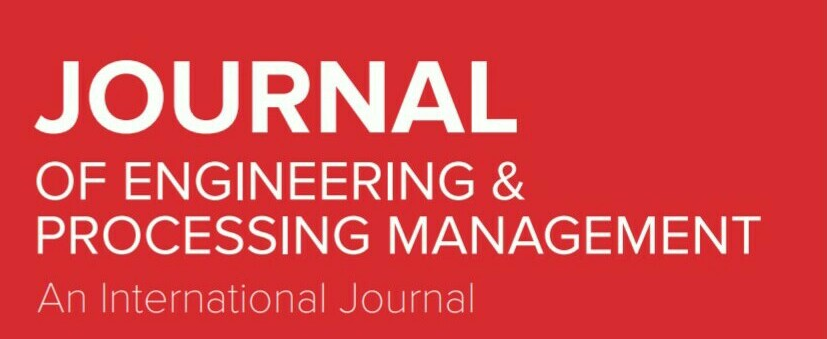Neural network modeling methods for predicting the air parameters in the city of Tuzla
DOI:
https://doi.org/10.7251/JEPM2001029AAbstract
According to the report of the World Health Organization, the city of Tuzla is the second in the world, and the first in Europe in terms of the number of diseases caused by air pollution. Tuzla Canton since 2003 has continuous air monitoring. Concentrations of individual pollutants exceed hourly, daily and annual limit values. In this paper, based on the existing results of air monitoring and meteorological data, using statistical methods and neural network modeling methods, unique and reliable models for predicting the concentration of NO2 in the air for the City of Tuzla have been developed. The results obtained using these models can be used in strategic decision-making processes and activities related to air quality control and management. This paper, on the example of the City of Tuzla, showed that using existing air monitoring data, concentrations of pollutants can be predicted for a longer period of time, using artificial intelligence methods. Reliable models with a high correlation coefficient can be obtained. In the case of a short or long interruption of the measurement of pollutant concentrations for the City of Tuzla with the help of models, which are the result of this work, it is possible to predict the concentrations of pollutants and plan to take measures based on them.

